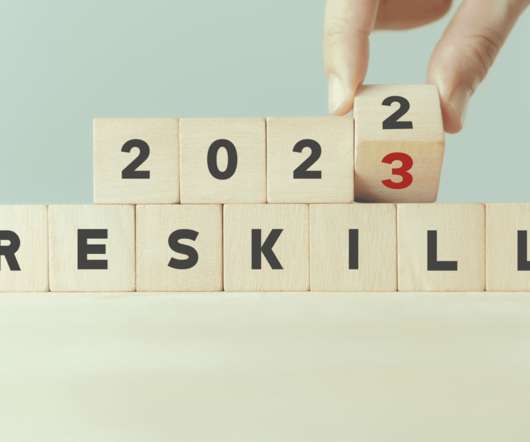The Performance Management Myth
The Performance Improvement Blog
DECEMBER 19, 2013
Galagan references the writing of David Rock, author of Your Brain at Work. Based on Carol Dweck ’s work at Stanford, Rock and his co-authors say that employees can be divided into two groups: those who believe talent is “fixed” and those who believe people can develop their brains and abilities.










































Let's personalize your content